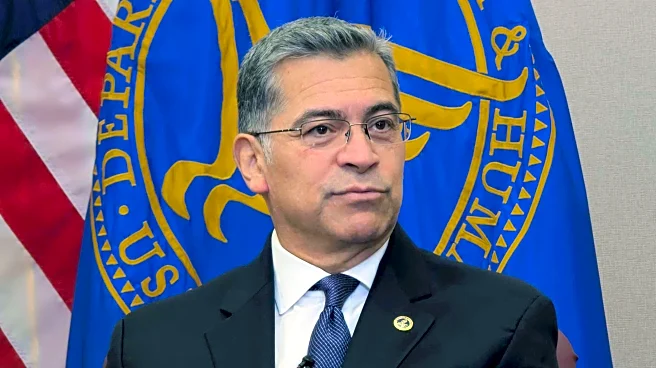What's Happening?
The Los Angeles City Council has approved significant updates to the Rent Stabilization Ordinance (RSO), affecting approximately 650,000 rental units. The new formula sets a 4% ceiling on annual rent increases and removes additional charges for utilities
such as electricity and gas. This decision marks the most substantial change to the policy in over four decades. The council's vote was 12-2, following extensive discussions. The updated ordinance establishes a 1% floor and a 4% ceiling for rent hikes, with adjustments based on 90% of the Consumer Price Index. The changes aim to balance the needs of renters, who often spend a large portion of their income on rent, with those of landlords facing rising operational costs. The council also plans to increase funding for repairs and rehabilitation to support small landlords owning between two and ten units.
Why It's Important?
The changes to the Rent Stabilization Ordinance are crucial as they address the affordability crisis in Los Angeles, where many residents are rent-burdened, spending over 30% of their income on housing. By capping rent increases, the city aims to make living in Los Angeles more sustainable for its residents, potentially preventing an exodus due to economic insecurity. However, the new rules have sparked concerns among landlords, who argue that the formula could make housing more expensive and difficult to find, as it does not account for rising costs such as utilities and maintenance. The decision reflects a broader national focus on housing affordability, with implications for both renters and property owners in the city.
What's Next?
The city attorney has been instructed to draft an amendment to codify the changes to the Rent Stabilization Ordinance. Additionally, the council has commissioned a study to assess the impact of the RSO on future housing construction. The council's decision may lead to further debates and adjustments as stakeholders, including tenant advocates and landlords, continue to voice their concerns. The city will also explore funding options to support small landlords, potentially influencing future policy decisions regarding housing affordability and development.
Beyond the Headlines
The updated Rent Stabilization Ordinance could have long-term implications for the housing market in Los Angeles. While the changes aim to protect renters, they may inadvertently discourage new housing developments, as landlords face stricter regulations. This could exacerbate the housing shortage in the city, affecting its economic resilience and growth. The decision also highlights the ongoing struggle to balance tenant protections with the financial viability of property owners, a challenge faced by many urban areas across the United States.















